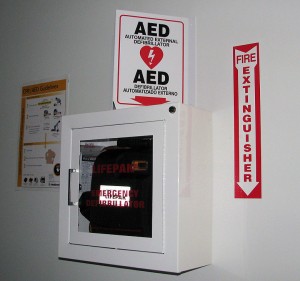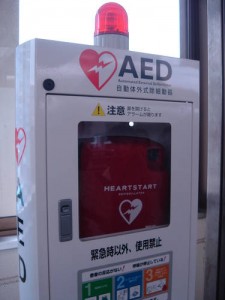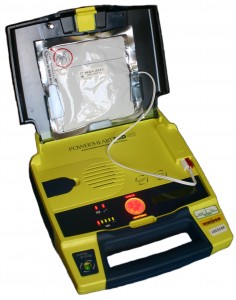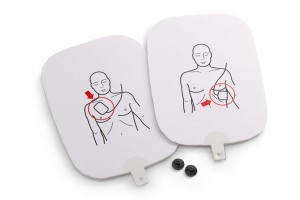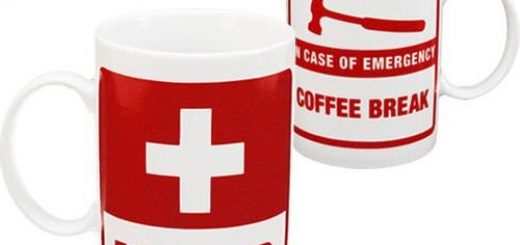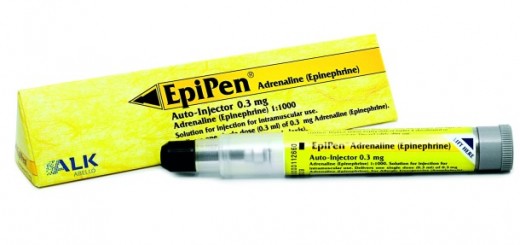What is an Automated External Defibrillator?
This post is an excerpt from our free online AED course which covers the theory and practical aspects of using an Automated External Defibrillator (AED).
AEDs are sophisticated machines designed to deliver electrical shocks to victims of cardiac arrest. They are fully automated, and require little user input. Therefore many AEDs are designed to be used by bystanders with no formal training.
AEDs are often found in many public places and in many institutions including government buildings, schools, colleges, universities and major shops. They are also found on public transport. AEDs in public places may be called Public Access Defibrillators.
Below are some examples of AEDs in public places:
Several websites publish location details of local publicly accessible defibrillators:
> AED Locator (UK)
> ShowNearbyAED (app – US)
There are various different models and manufacturers of AEDs. Therefore every machine is slightly different and this course will not go into detail on different models.
In general however AEDs have the following features and equipment
The main AED unit
The main unit contains the AED’s sophisticated computer and battery pack.
On some models there will be an on / off button. Other models will turn on automatically when you open the unit (like the model shown in the picture)
The AED unit is connected to the chest pads via a lead. This lead can be unplugged to change the pads if required
There may be a ‘shock’ button to deliver in electrical shock. However be advised some models are fully automated and will shock whenever they are ready to.
There may also be a speaker, battery life indicator and written instructions on the main unit
Pads and leads
The AED delivers an electrical shock to a patient via two chest pads.
These pads are plugged into the unit.
Each pad is covered in a strong adhesive, allowing it to be stuck to the patient’s bare chest.
AEDs should contain at least one set of spare pads.
You may find both adult and pediatric pads in some models
Accessory equipment
An AED may contain other items including:
> Small towel: this is used to dry the chest of the patient before applying pads
> Razor: excessive chest hair may prevent the pads sticking so a razor is provided
> Scissors: pads should be applied to bare skin so scissors may be provided to cut through clothing

